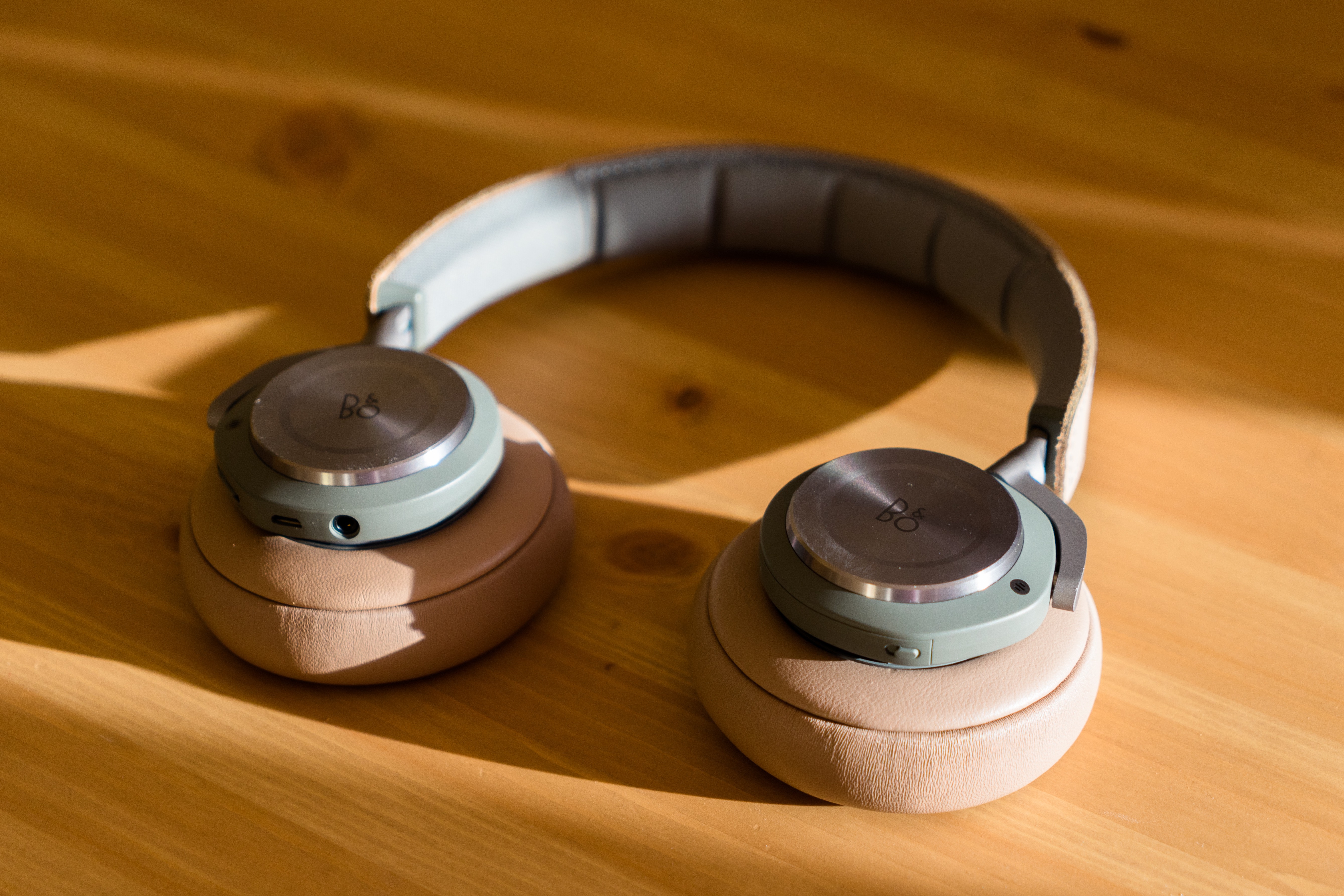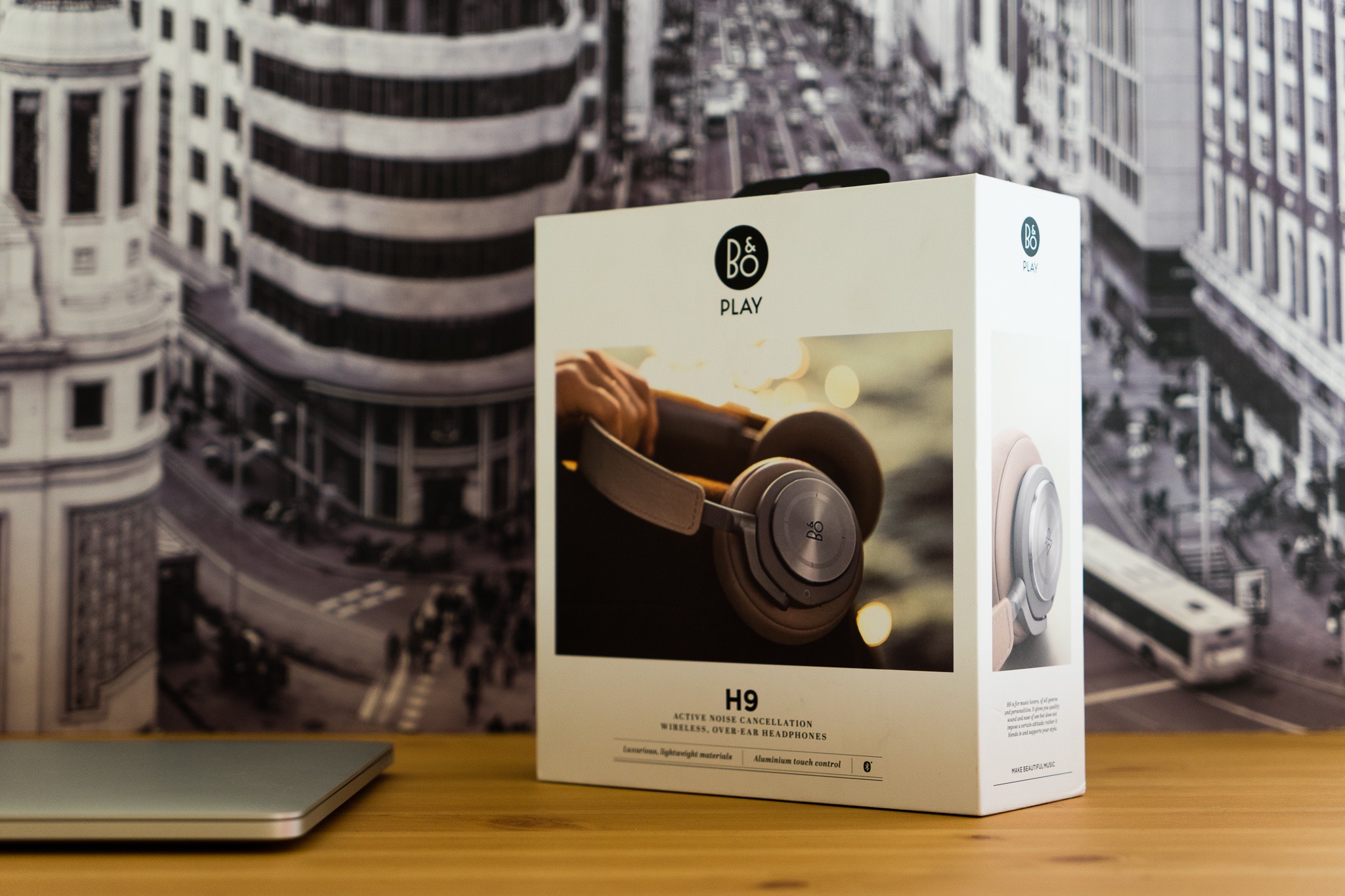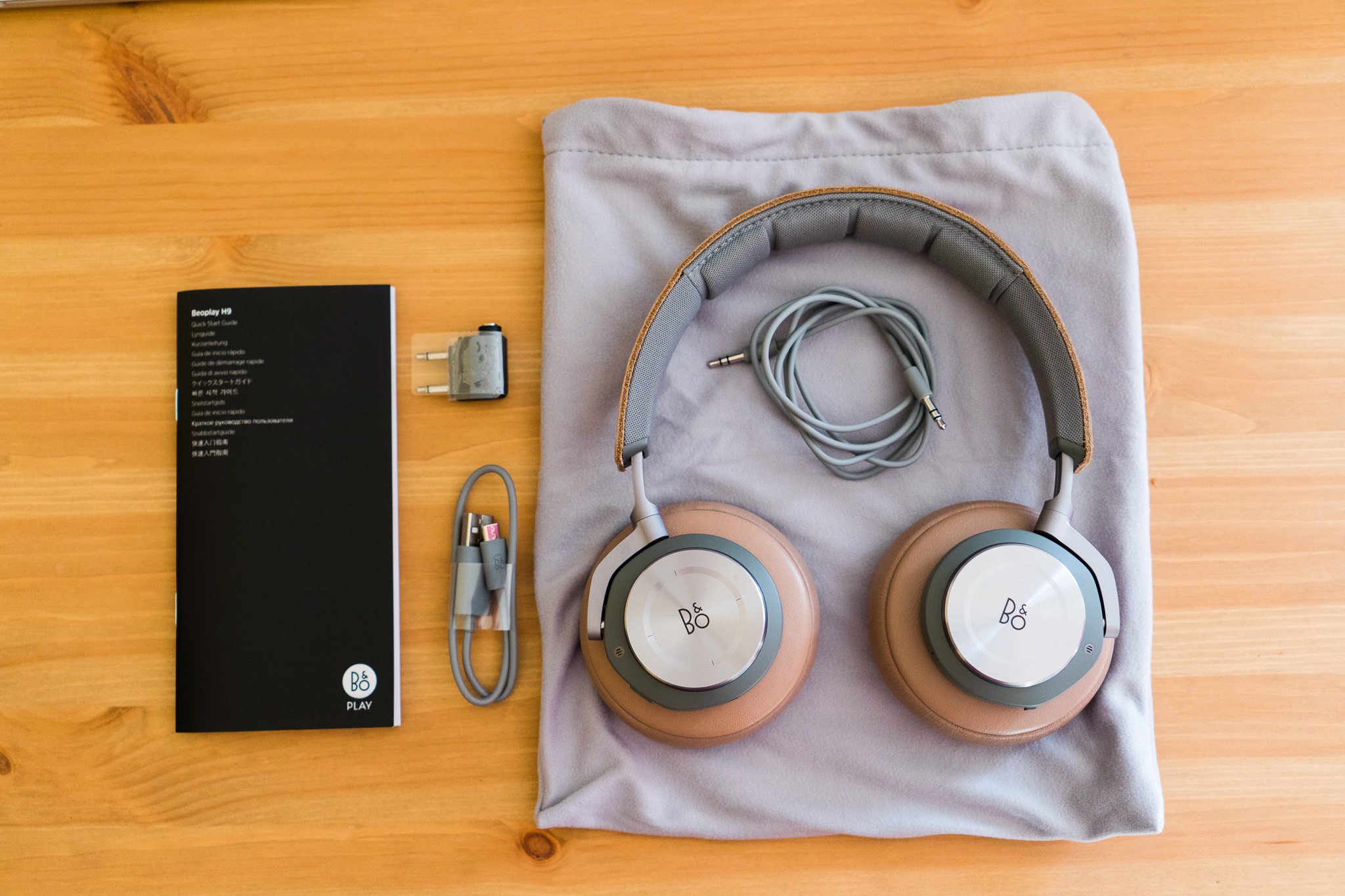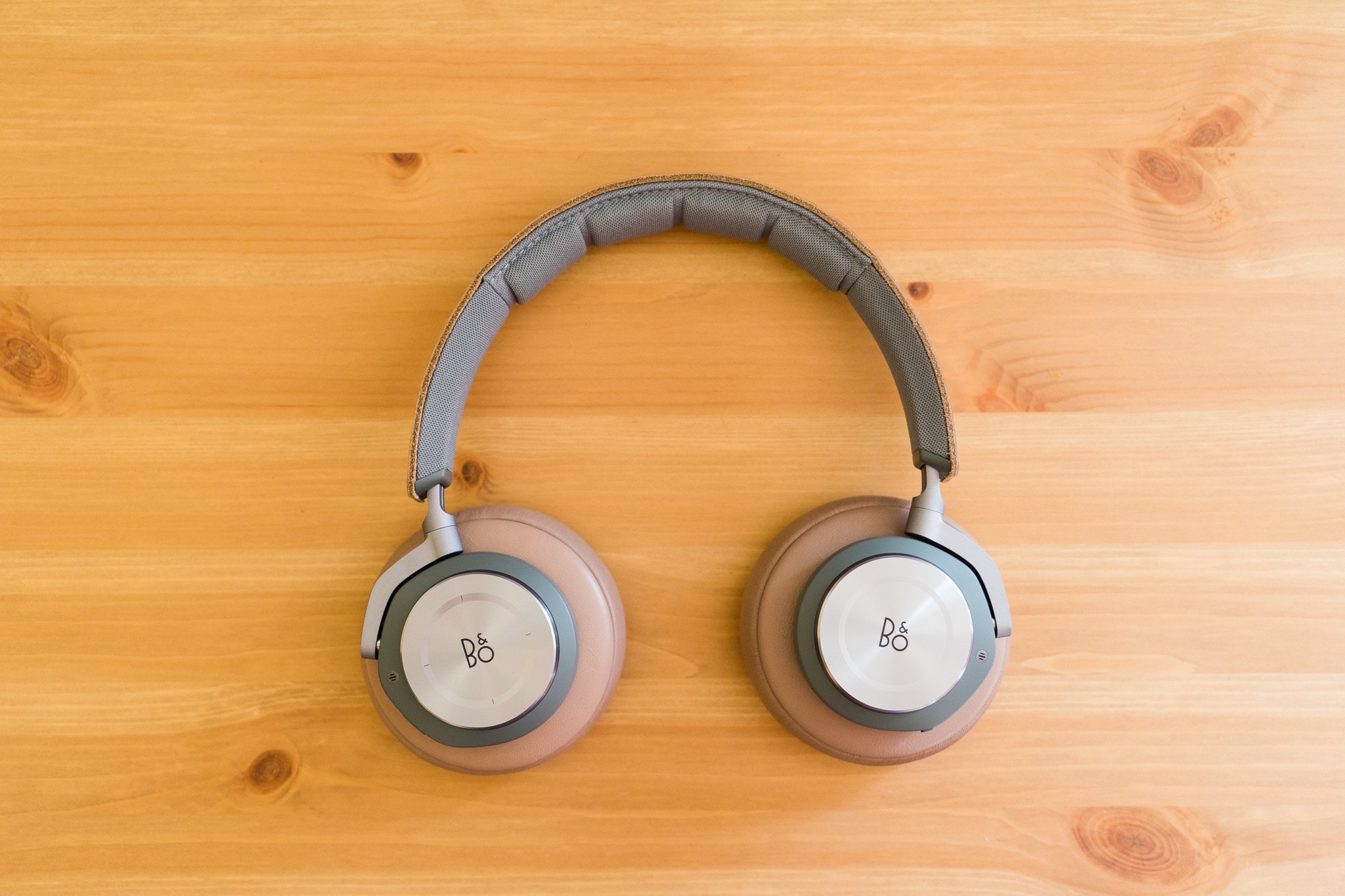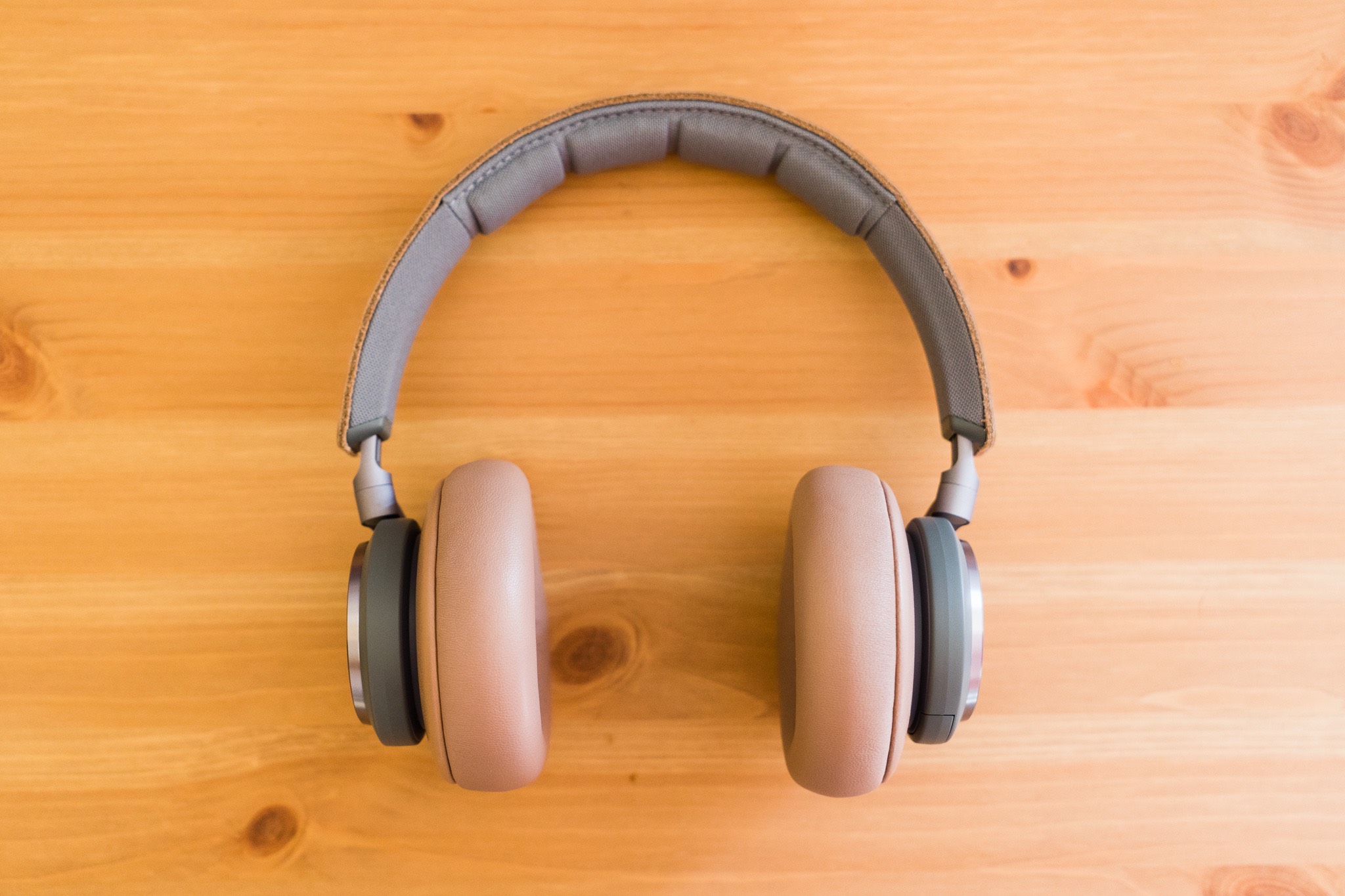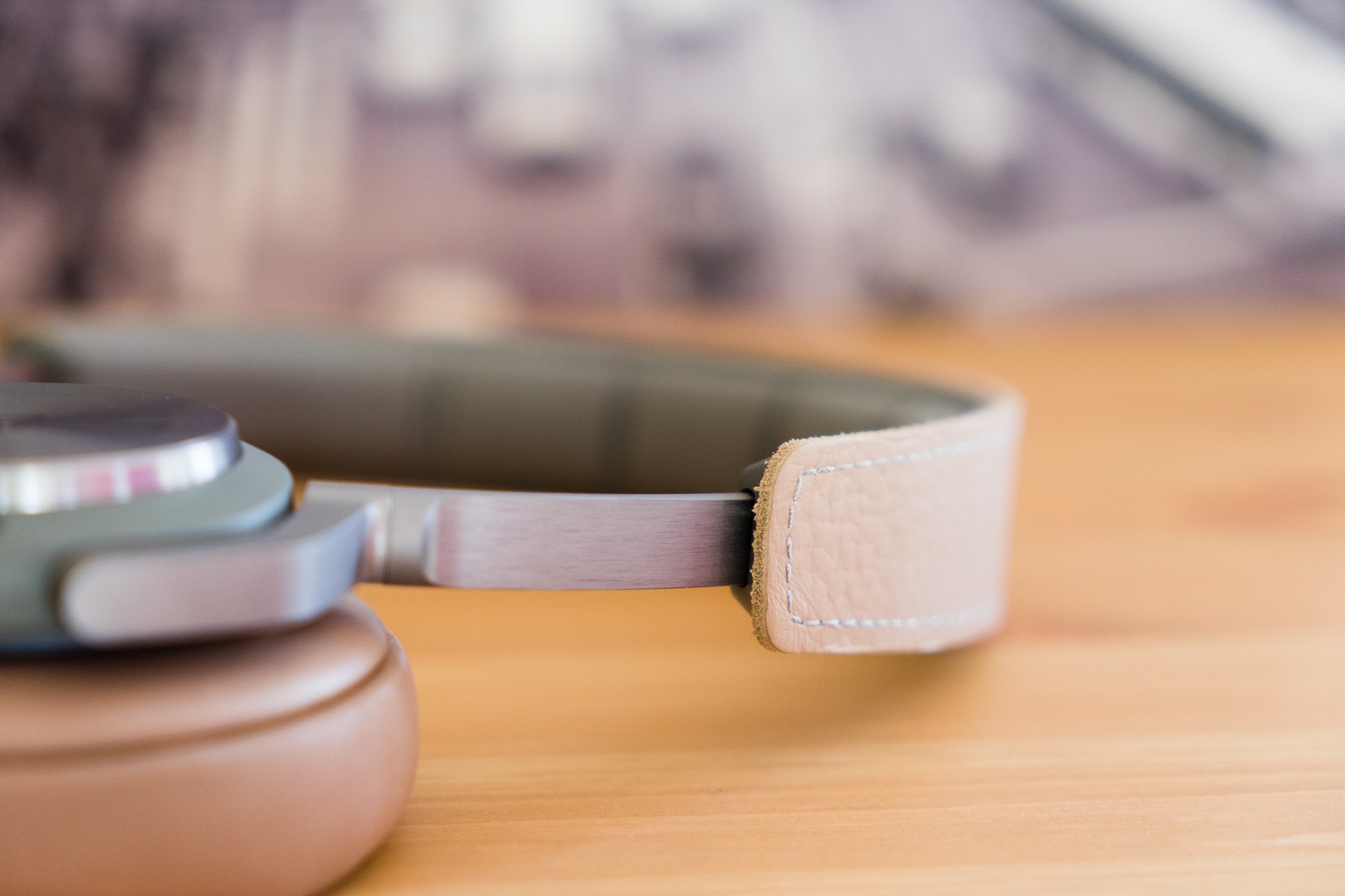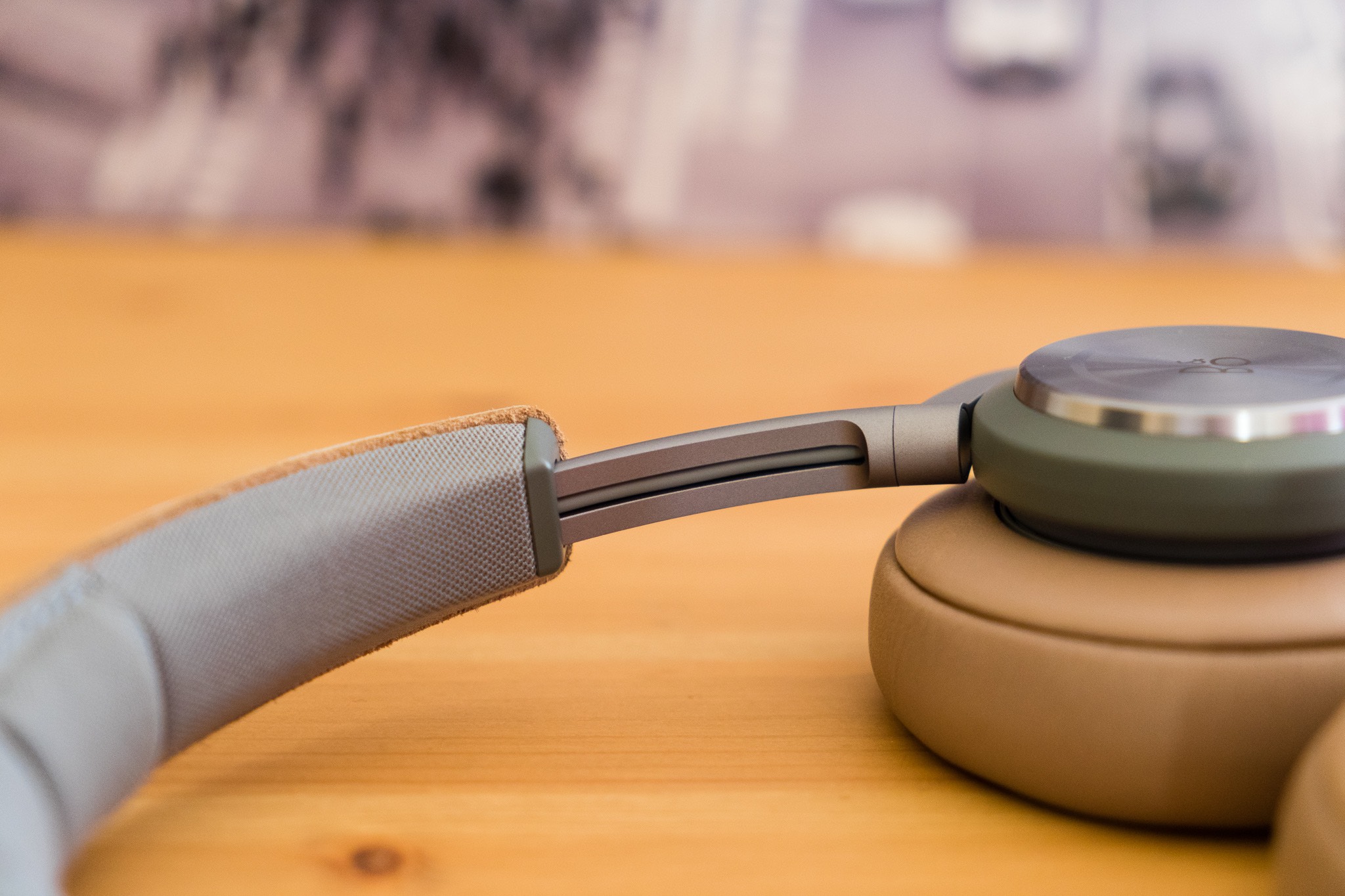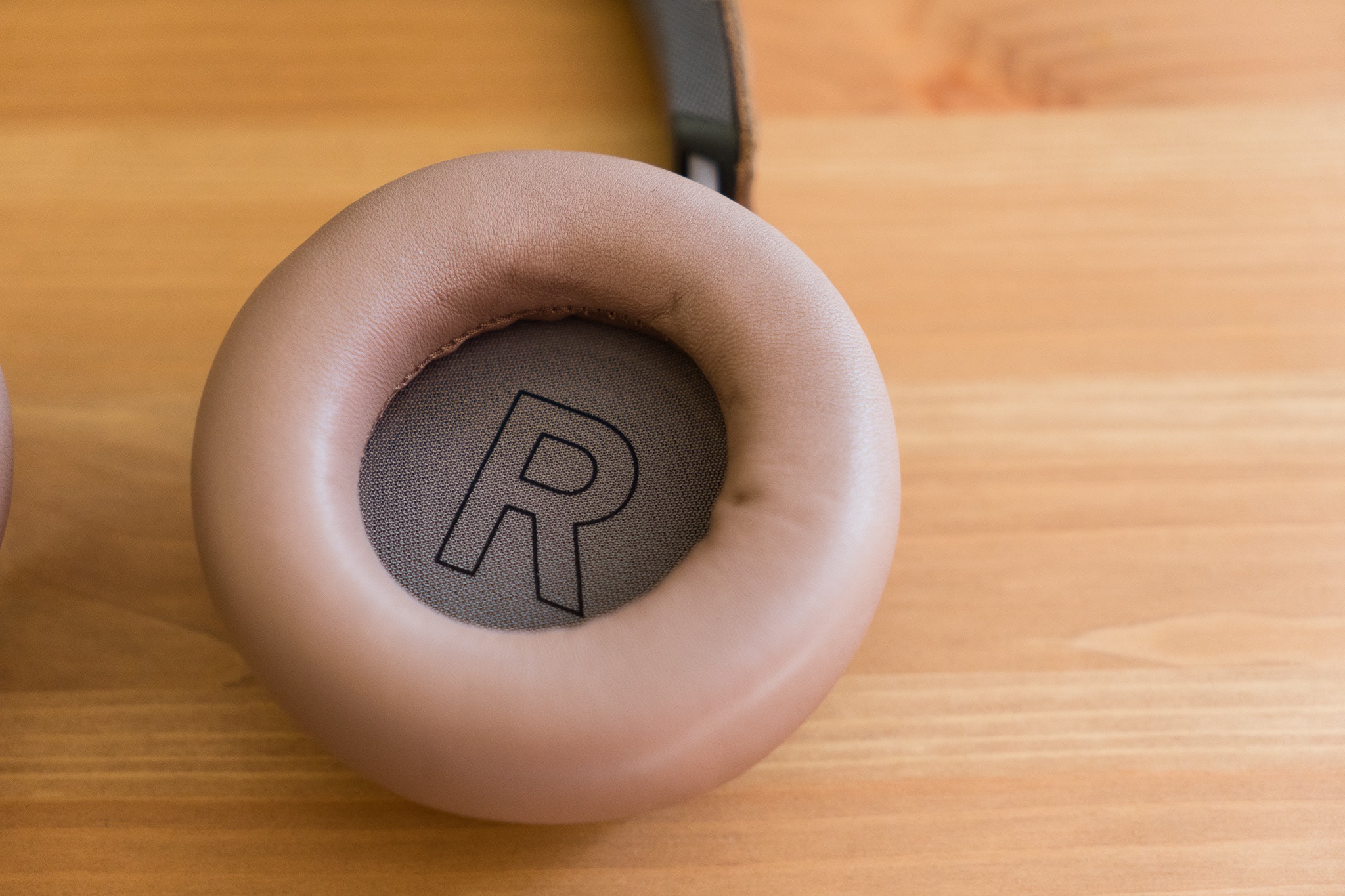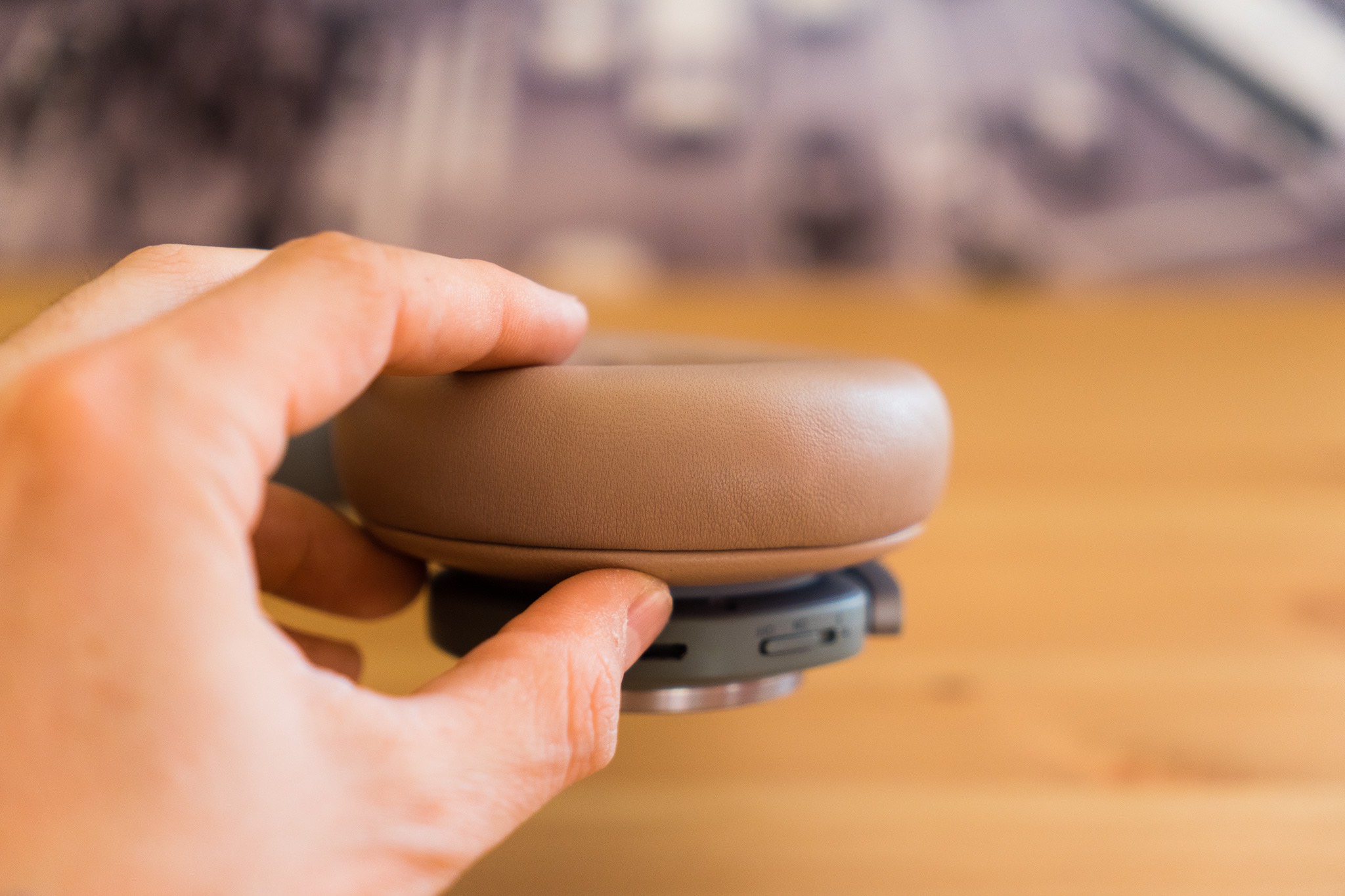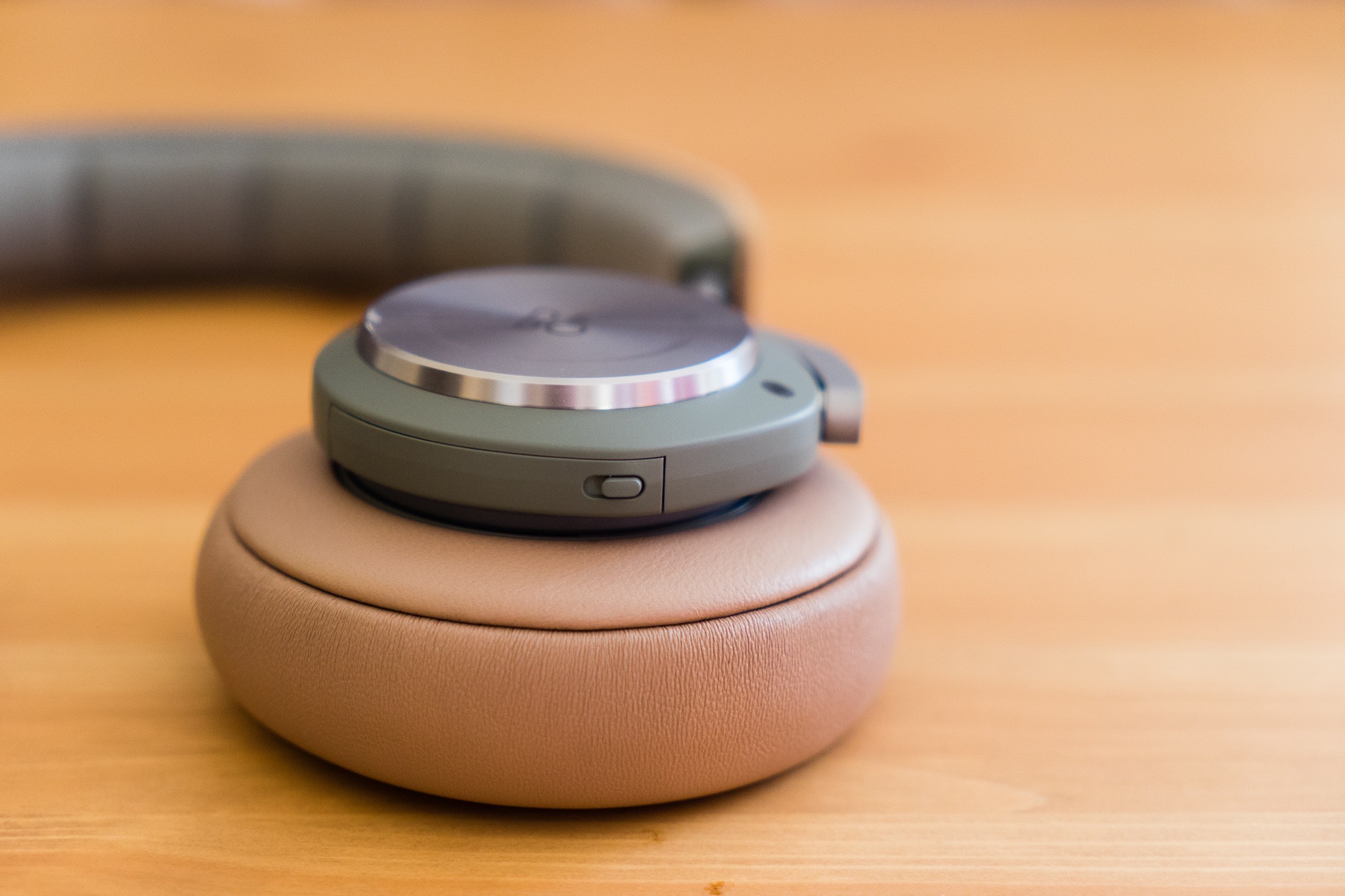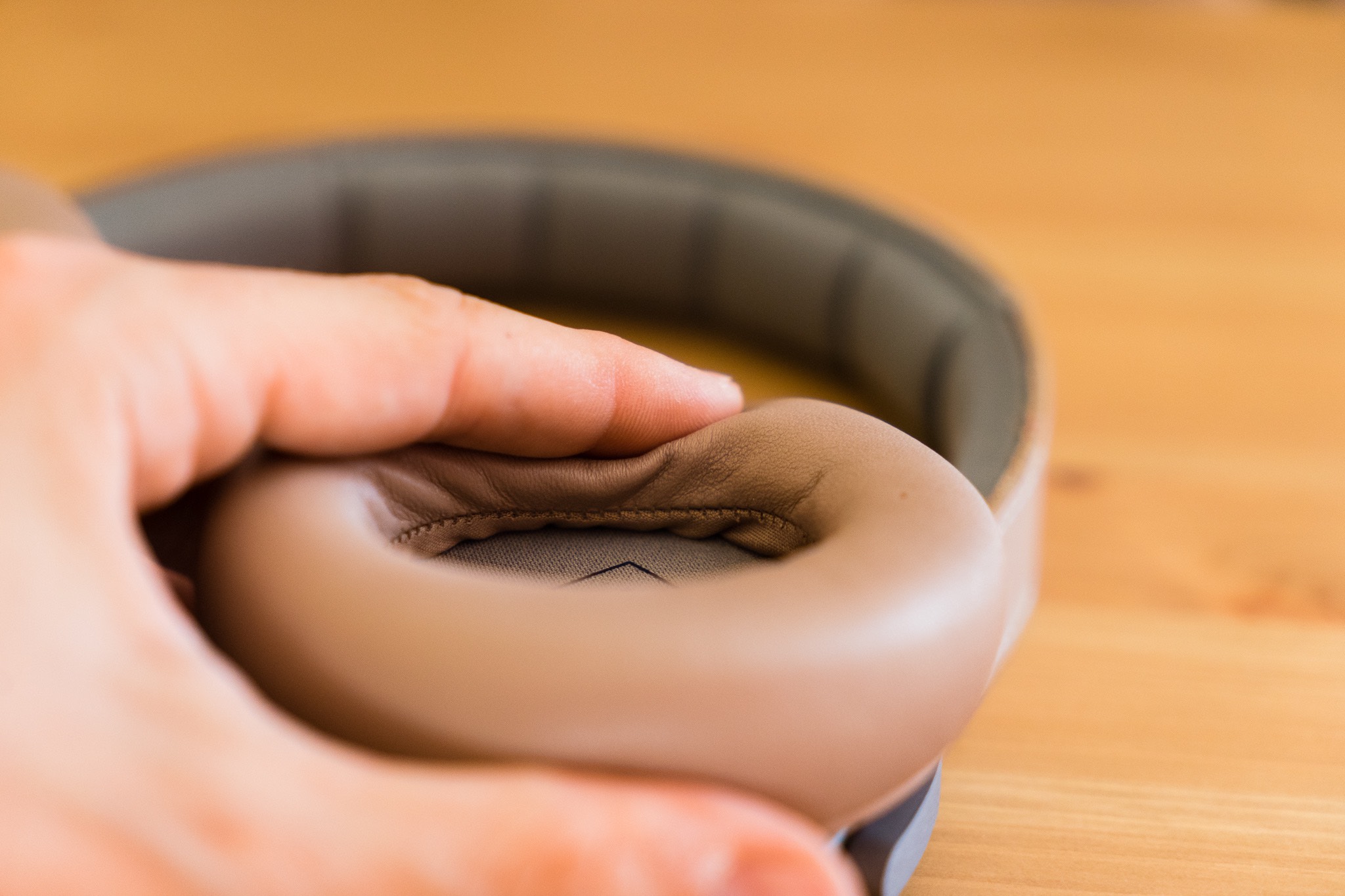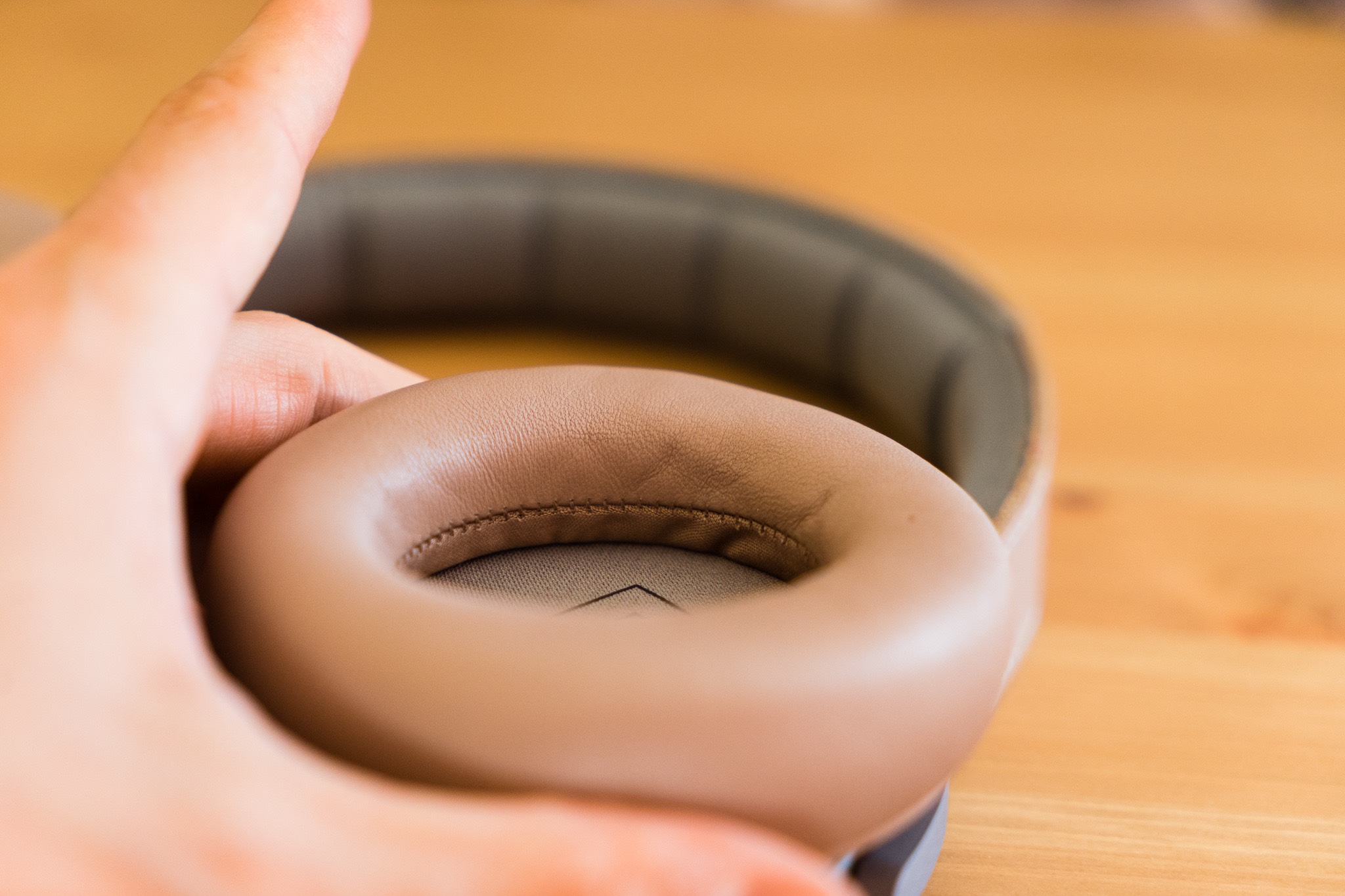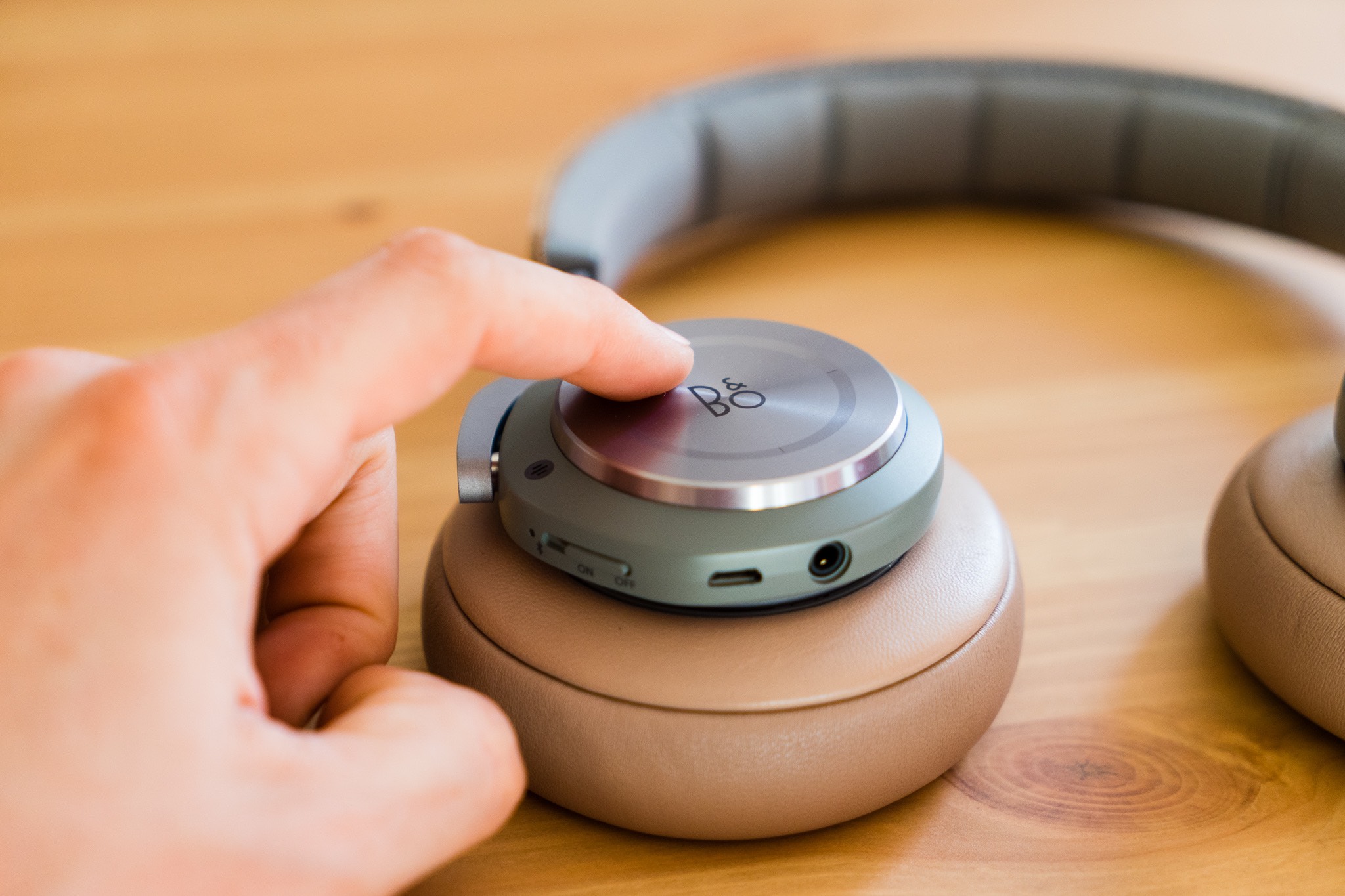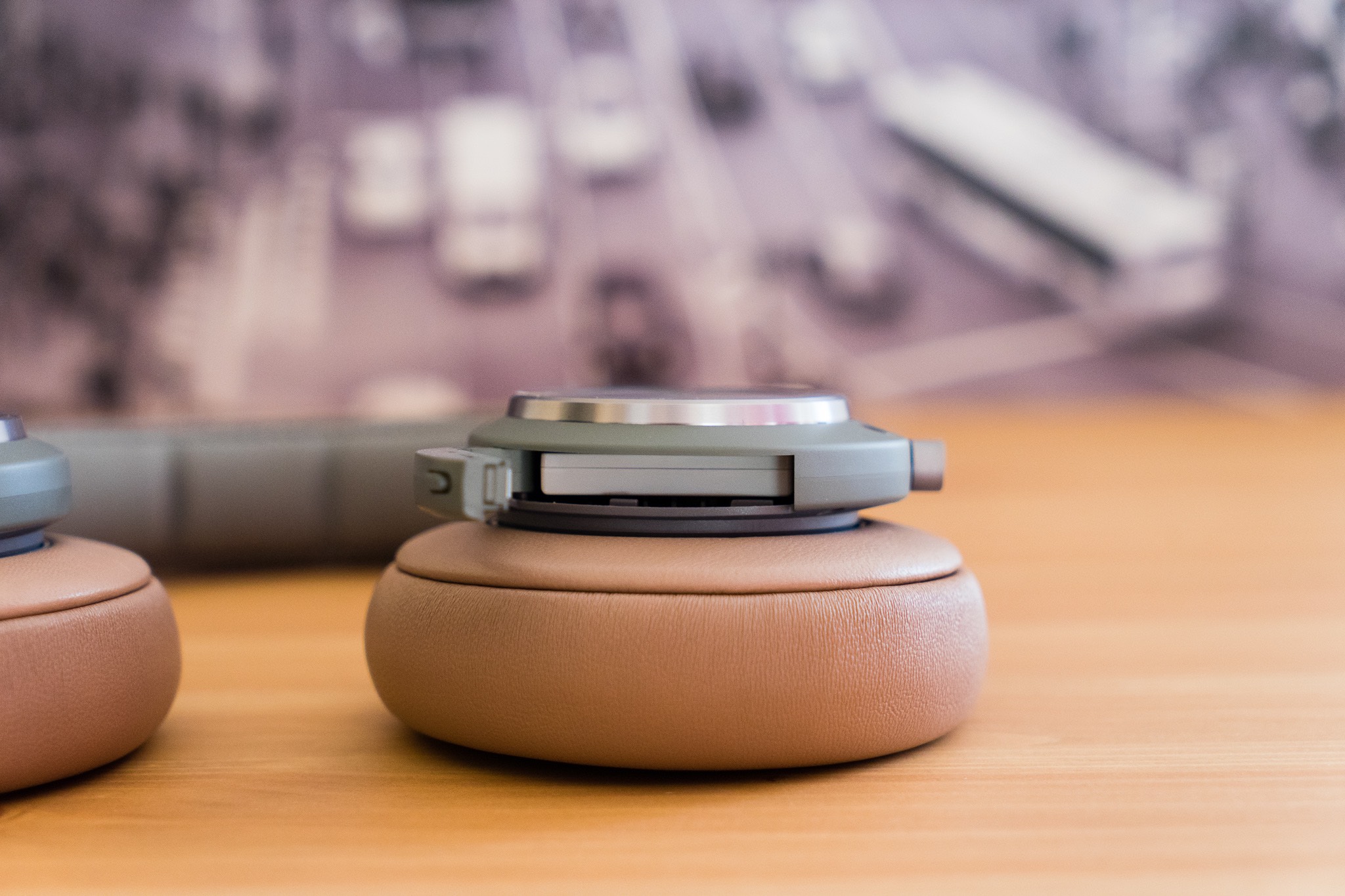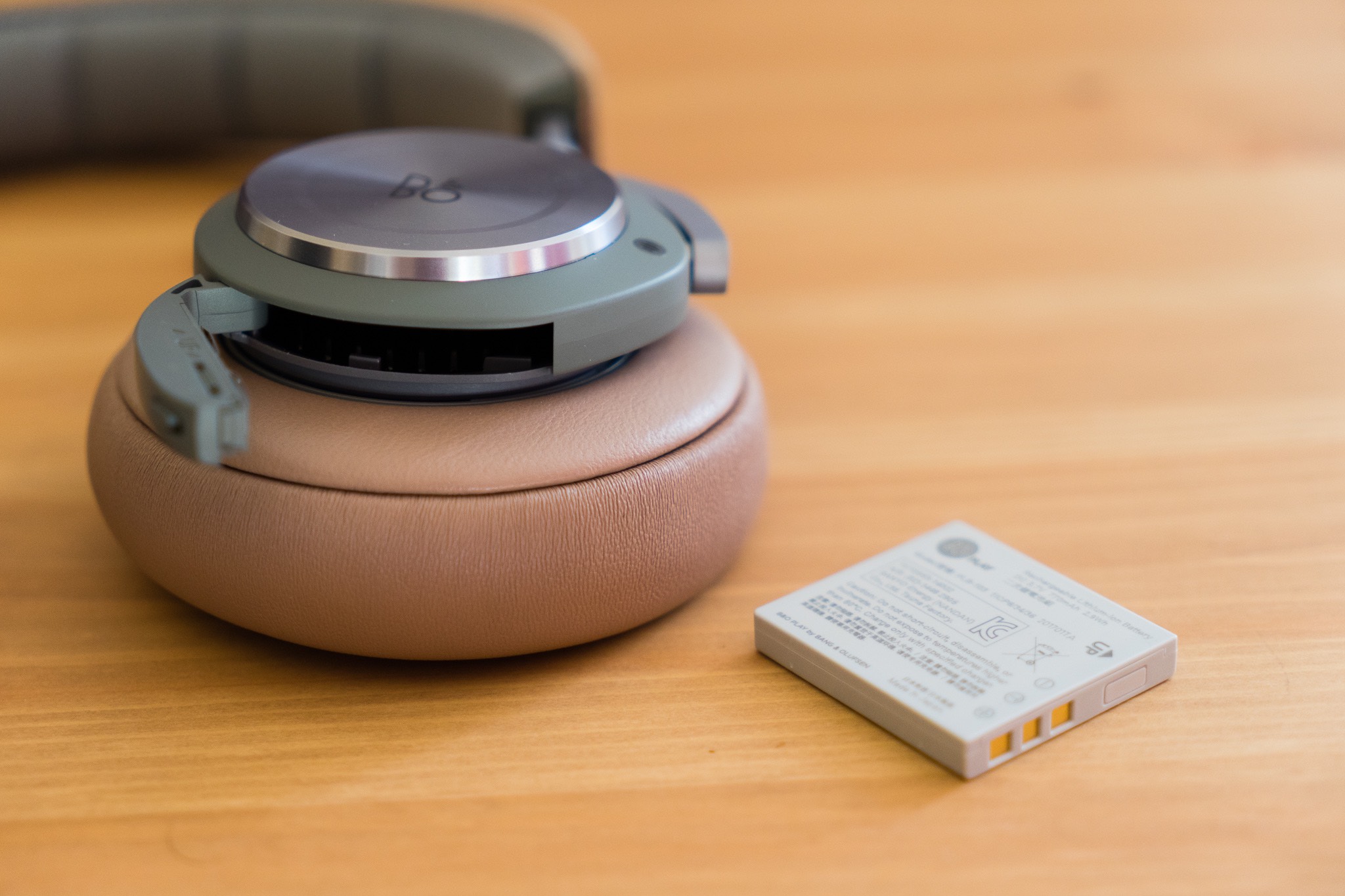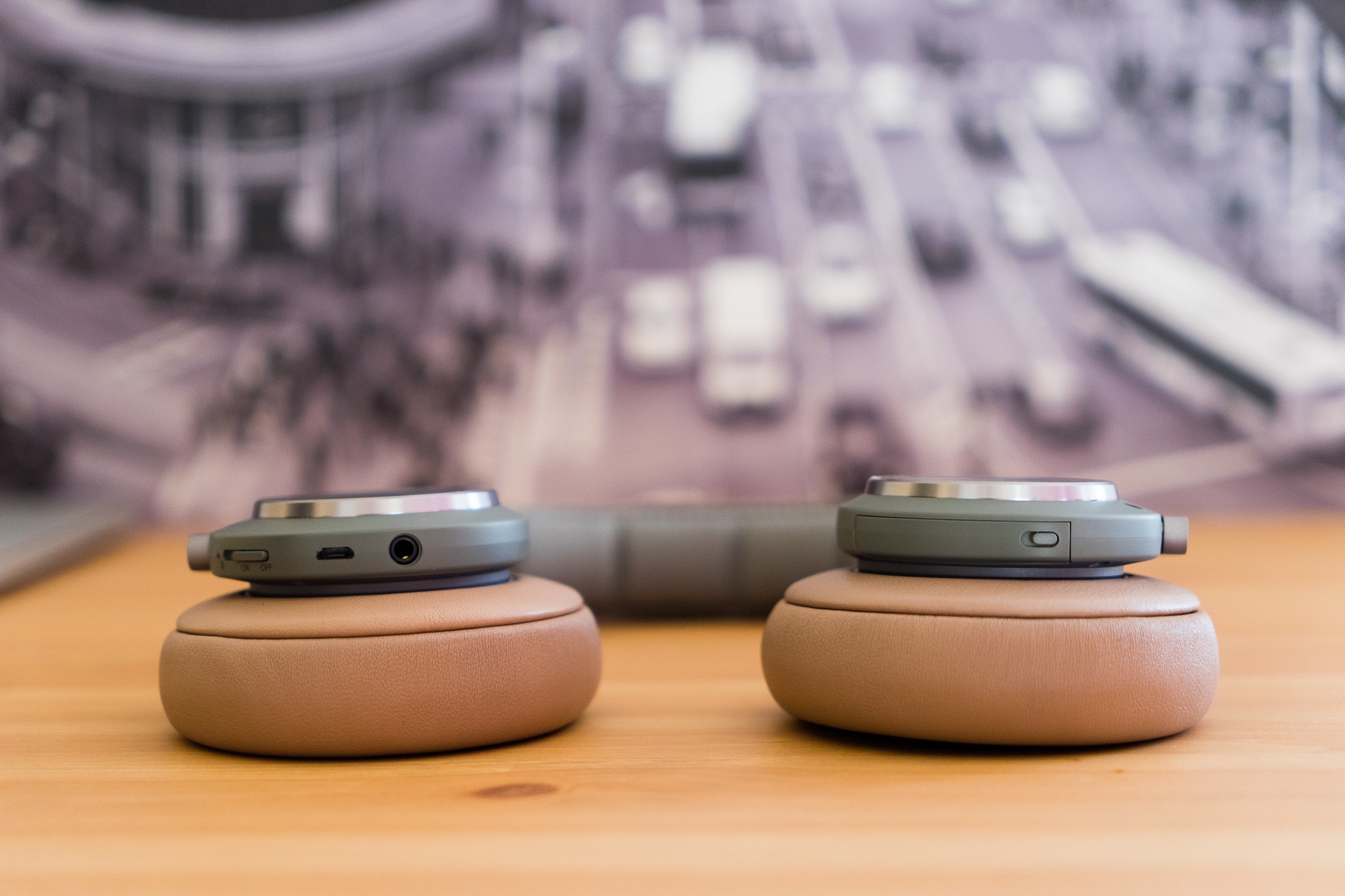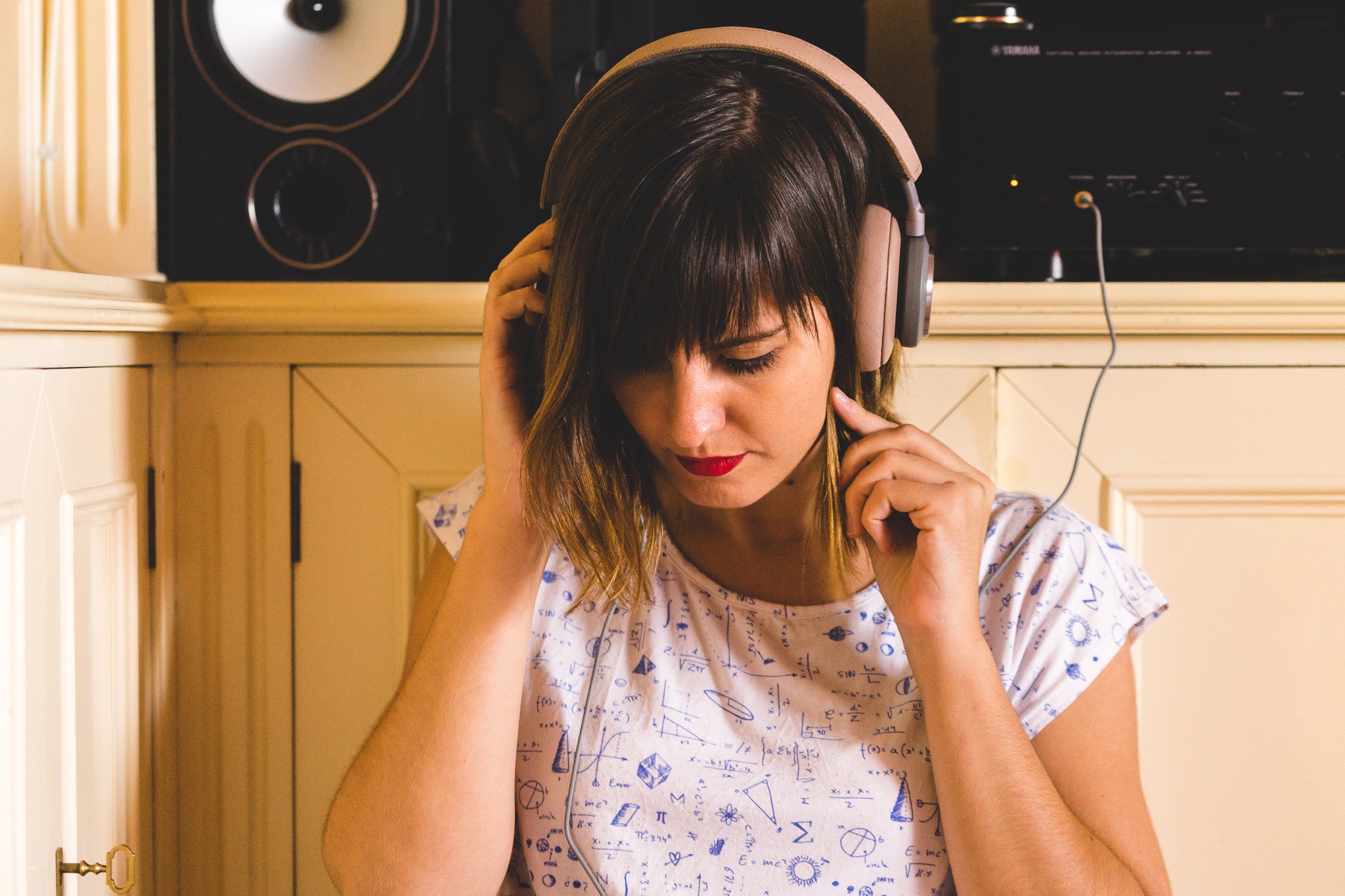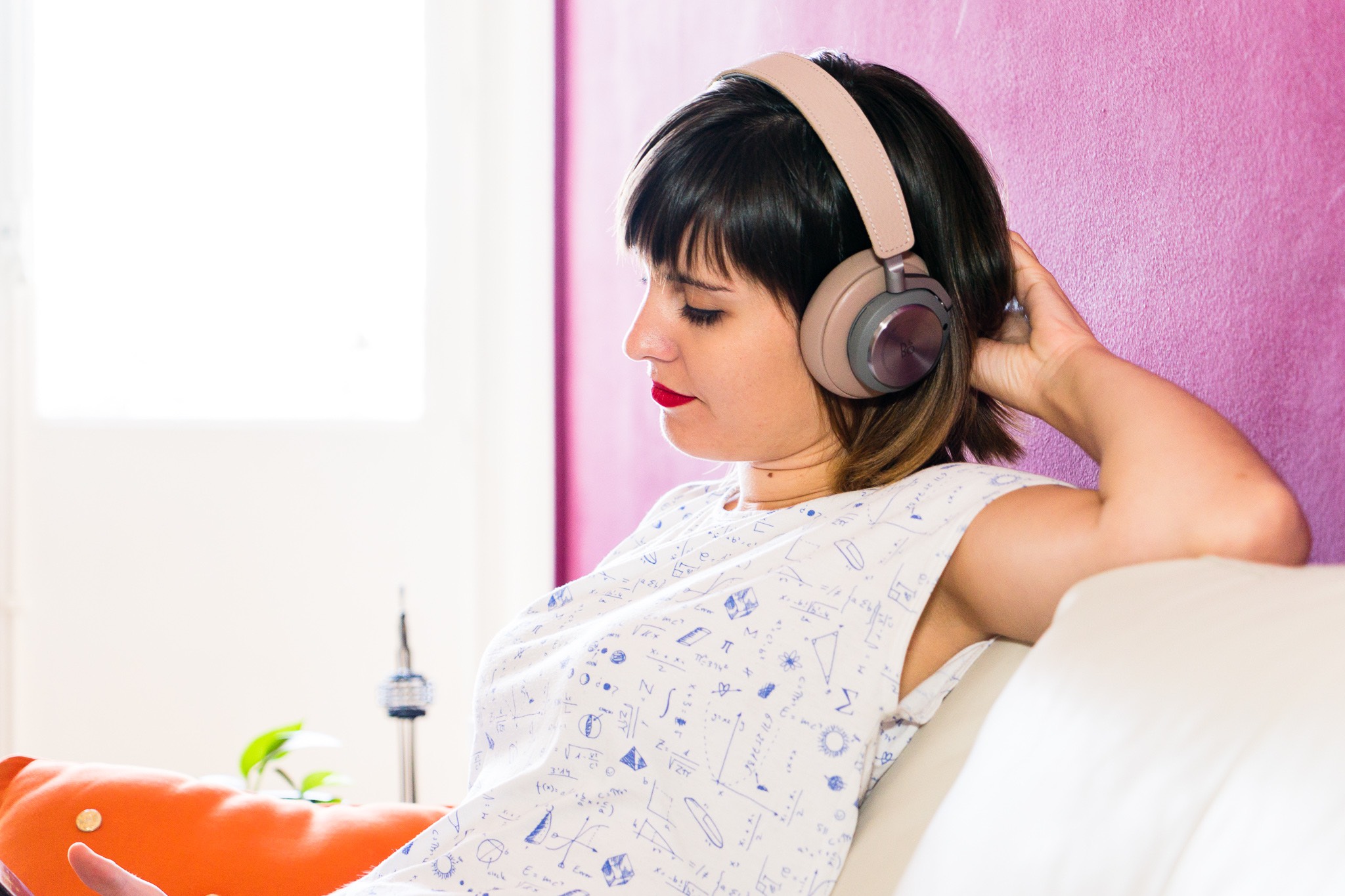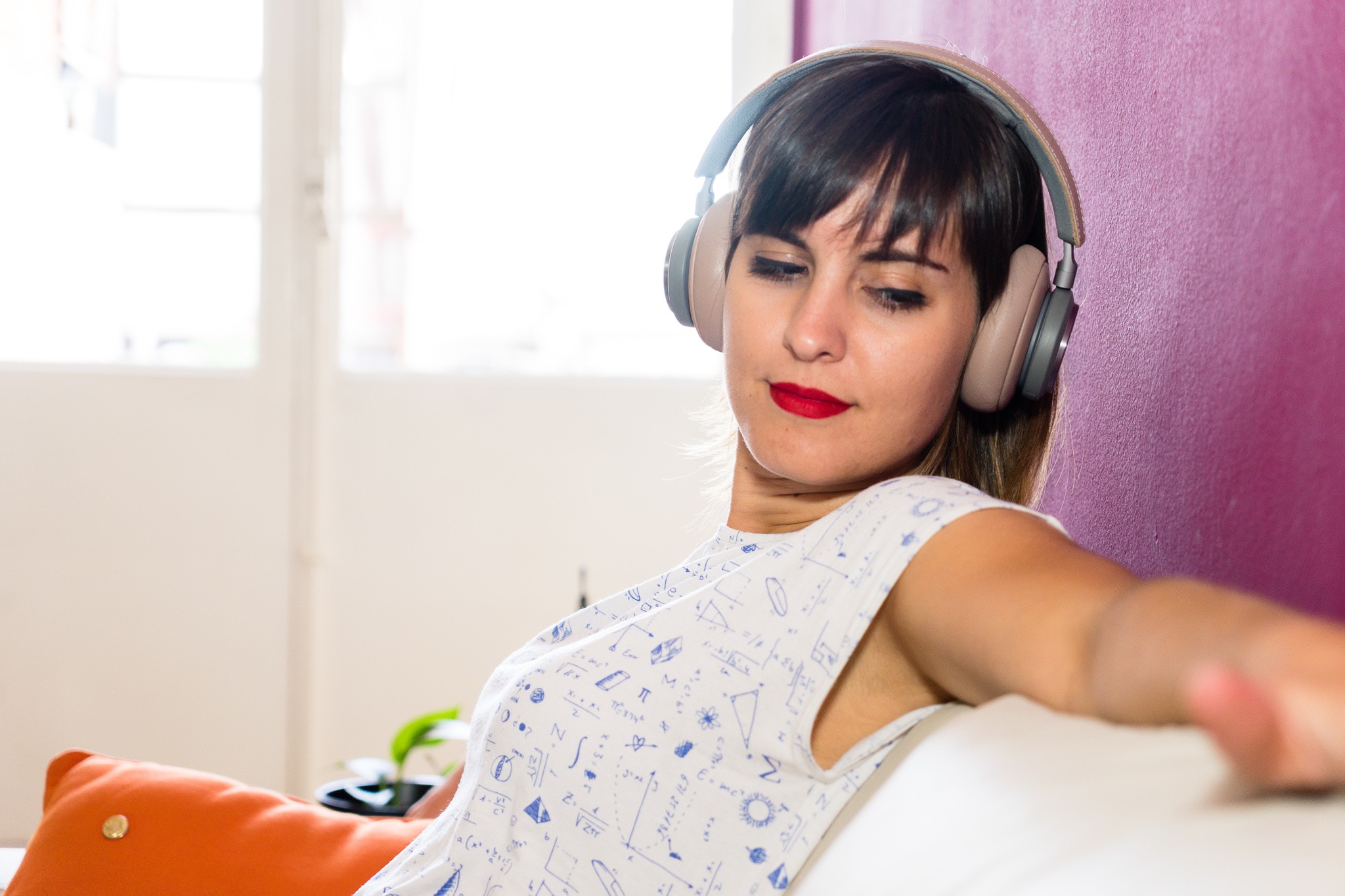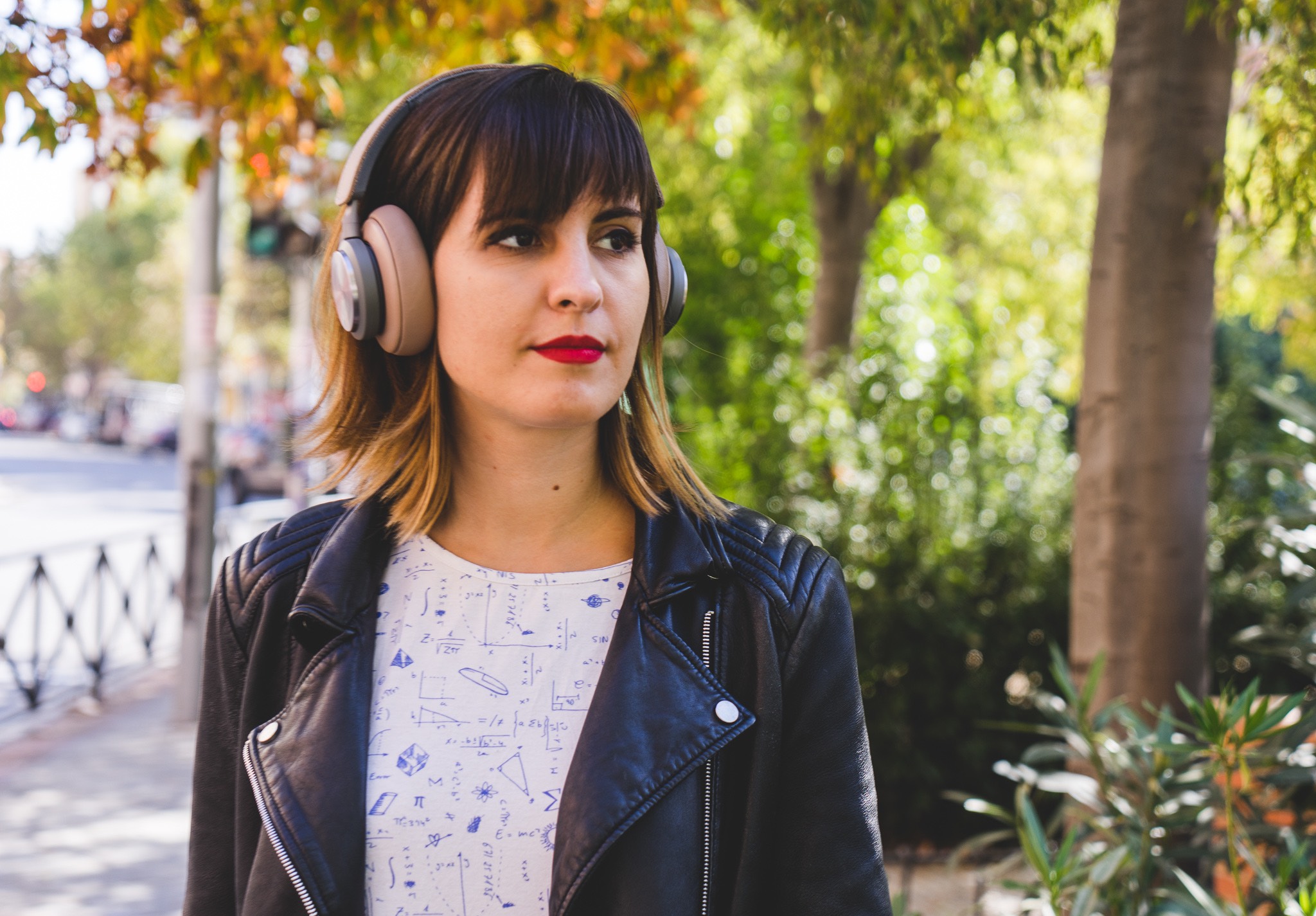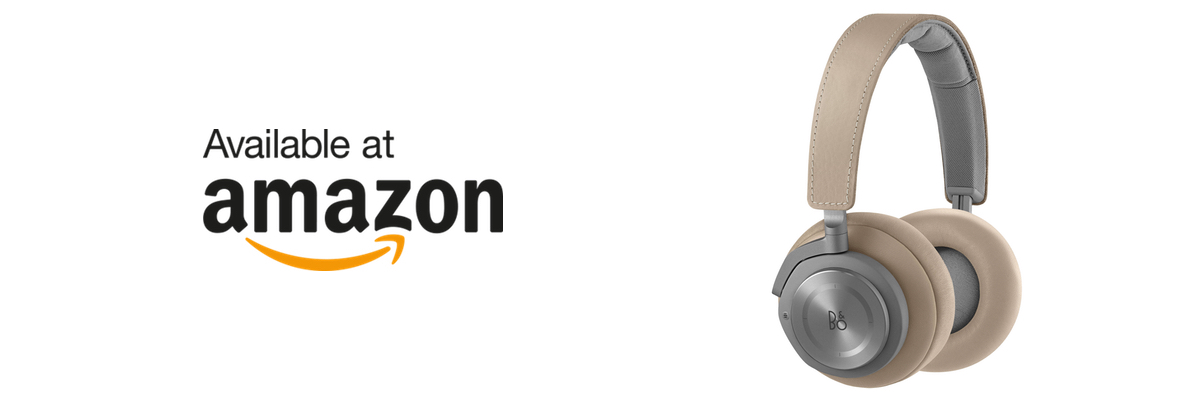It’s a great time to be in the market for a pair of wireless, noise cancelling headphones. They’re a popular – and therefore, increasingly crowded – product category, and with good reason: from frequent flyers to casual dog-walkers, it seems like everyone has an excuse to use one of these.
Thanks to the increased public interest in the space in recent years, the pace of innovation in the industry has skyrocketed, and table stakes have been raised accordingly. The days when mediocre sound quality was an acceptable compromise for wireless headphones to make are long gone – and good riddance.
These days, even great sound quality doesn’t cut it anymore. In a world of low-cost air travel, smart voice assistants, and music streaming services, there are several key features any serious contender must offer. These include, in no particular order:
- Over-ear design that is comfortable to wear for long periods at a time.
- Rock-solid Bluetooth connection with support for the latest audio codecs.
- All-day battery life.
- Active noise cancellation.
- Built-in microphones to make and receive phone calls.
- A companion smartphone app that allows you to fine-tune the sound profile and the noise cancelling response.
The Beoplay H9 are B&O Play’s first effort at creating a no-compromise pair of full-featured, wireless, noise-cancelling headphones. They’re not perfect, but I’m happy to say they deliver the goods where it matters most.1
Let’s take a closer look at them.
Build quality and features
B&O Play’s products are well known for their impeccable Scandinavian design and high-quality materials, and the Beoplay H9 are no exception. Every element of the design has been carefully considered, and this thoughtful approach is immediately apparent upon picking them up.
The H9 are hefty by today’s standards, even among wireless headphones, but every bit of extra weight serves only to produce an even greater impression of quality. They’re not actually heavy by any means; instead, they just feel solid, and supremely well built. I only wish all headphones were made to these standards.
The H9 come in your choice of Black or Natural leather (as reviewed), and both colors are equally gorgeous to look at. The headband is made of anodized aluminum, and covered by a stitched leather band at the top with more than enough padding at the bottom. For those concerned about long-term listening comfort, I never experienced any sore spots at the top of my head while wearing these headphones.
The earpads, unlike most other wireless headphones out there, are also made of actual leather and filled with memory foam. As for what type of leather this is, B&O Play says it’s lambskin, but it may just as well have been sunshine and rainbows. It feels amazing.
It’s worth pointing out that real leather does require some time to soften up and adapt to the contours of your head. As a result, the Beoplay H9 won’t be as comfortable out of the box as other headphones, and will require a break-in period before feeling great.
My only ergonomic complaint about the H9 is that the earpads are a bit too thick and have a rather large resting surface on your head. This may cause slight to moderate overheating after a while, especially if your environment is already warm. That small quibble aside, the H9 are so comfortable they feel like wearing the world’s most luxurious earmuffs.
In terms of their Bluetooth connectivity, the Beoplay H9 are… complicated. I didn’t encounter any issues in my normal use: initial pairing with my iPhone 6S was not as seamless as I would have wanted – the H9 lack Apple’s custom W1 chip – but once the link was established the connection always proved stable and there were no dropouts. Once paired, the H9 would quickly reconnect to the phone upon being turned on. So far so good.
The main problem is the fact that the H9 don’t support multi-device pairing, so you’ll need to manually re-pair them every time you want to switch devices. It’s a big problem, and if you use your headphones with several devices every day, it may even be a deal breaker. Multi-device pairing has been a thing for a long time, and it’s baffling to me that the H9 don’t support it.2
I also encountered several issues while attempting to update the firmware with the Beoplay app. The update process became stuck at about 95% of the way through, and I needed to try again a few times until it finally worked. Not ideal, but it’ll do. I very much appreciate the kind of future-proofing that upgradeable firmware brings, so I’ll live with the occasional hiccups if that’s what it takes.
Phone calls are pretty good, with clear sound coming through without any dropouts or noticeable audio artifacts. At the other end, people reported hearing me very clearly as well, which was reassuring. However, the unreliable touch controls on the H9’s right earcup meant I often found myself grabbing the phone from my pocket in order to pick up and/or reject calls instead of using the headphones. This wasn’t bad enough to defeat the purpose, as I still used the headphones during the actual call, but it was close. The unreliability of the H9’s touch controls is by far my biggest complaint about these headphones – but more on that later.
Battery life is adequate, although this area has seen much improvement in the industry recent years. The Beoplay H9 are rated for 14h of playback with noise cancelling turned on, and I consistently managed to meet or exceed those numbers in my own testing. That’s long enough to keep them going for all but the longest intercontinental flights; unless you’re flying from Sydney to Los Angeles every week, you’ll be fine. And even if you do run out of juice, the Beoplay H9 still have a couple tricks up their sleeve.
The first of those tricks is that you can plug in the included audio cable and continue using the H9 passively, which is a nice touch.3 However, the really great trick is hidden inside the left earcup. The H9’s battery is user replaceable, and can be swapped in just a few seconds. That means you can extend battery life to a much more impressive 28h simply by carrying a spare battery with you on the longest trips, but it also means the H9 are decidedly future-proof. Indeed, being able to replace an ageing battery for a fresh new one after a couple of years of daily use is a very welcome feature, and one I’d love to see all manufacturers adopt.
Having said that, the one thing that bothered me about the H9’s battery life is the fact that they charge via Micro USB. It’s admittedly nitpicking, but for such a high-end product I really would have wanted a USB-C port instead.4
Noise cancelling is a bit of a mixed bag with the H9. While turning it on produced a noticeable reduction in ambient noise during my commute or at the office, they weren’t quite as effective as the market leaders in this category. Both the Bose Quietcomfort 35 II and the Sony WH-1000XM2 will be able to block out significantly more of the outside world, but the Beoplay H9’s showing here was still good.
On the plus side, noise cancelling didn’t have any noticeable impact on audio quality, at least as far as I could tell. Many other headphones, even high-end ones like the Bowers & Wilkins PX, suffer from a noticeable decrease in audio fidelity with ANC on, so it’s impressive to see B&O Play getting this right on their first attempt.
Overall, the Beoplay H9’s ANC isn’t bad, by any means; it’s just gentler than what you can find elsewhere. 5
Sound quality
Here’s where things get serious. After all, who wants to buy a pair of $500 headphones that don’t sound so good?
Fortunately, the Beoplay H9 have a very pleasing sound signature, with good separation and an impressively wide stereo image for a pair of closed-back headphones. Better yet, they make most of what you throw at them sound fun. It’s what B&O Play calls “Signature Sound”.
In English, that means the sonic profile of the H9 was designed to be flattering to the types of music people listen to these days. Electronic music, pop, hip hop, funk, and even jazz all sound pretty great on the H9. Generally speaking, anything with a healthy dose of bass and not too much detail in the highs will be helped by the H9’s subtle acoustic massaging. If you plan on listening to Beats 1 radio all day with these headphones, you will be extremely pleased with their performance.
Similarly, flat recordings that would normally sound boring and underwhelming when listened to on accurate equipment – like studio monitors – will be emphasized just a little bit in all the right places to sound more appealing on the H9. However you may feel about the importance of audio fidelity, there’s no denying B&O Play’s engineers have enough psychoacoustics tricks up their sleeve to keep people engaged in casual listening for hours.
Truth be told, audio fidelity – by which I mean “the degree to which audio equipment reveals the true nature of a recording” – is simply not a critical design priority for this type of headphones. You just can’t have it both ways: you either optimize for accuracy and fidelity at the expense of excitement – which is why most people actually dislike listening to music on studio monitors – or you optimize for casual listening at the expense of fidelity.
The problem is, accurate equipment only allows you to discern those fine details when listening in extremely controlled and sound-proof environments, like a production studio. As soon as you step out into the real world and get surrounded by all sorts of rumblings, those details get completely lost. However, by applying some clever tweaks to the headphones’ sound profile you can get them to sound pretty great – if not accurate – in a much wider array of environments.
It’s clear which way B&O Play went with for the H9, and though I’m sure some people would have preferred these to be more accurate, it’s hard to say they made the wrong choice.
The main thing to remember is that wireless, noise-cancelling headphones are designed for real world use first. That means listening to music in busy environments, surrounded by all kinds of noise. It also means you’ll probably be distracted by something else and not devoting your full attention to the listening experience. None of those circumstances are conducive to appreciating the fine details that only accurate equipment is capable of rendering.
Overall, I found the H9’s sound quality to be on the upper end of the wireless, noise-cancelling headphone range. They’re clearly better than the Bose QC35 II and almost as good as the Sony 1000XM2, but they don’t quite reach the highs of the Bowers & Wilkins PX. In the right conditions, those headphones just sound a little better – if by better you mean more accurate – because they’re less concerned about massaging the sound and more about letting its original character come through.
However, the Beoplay H9 definitely hold their own in practical, real-world use. Flat recordings or poorly produced tracks, for example, can sound slightly boring and unappealing on the PX, which is the price to pay for their superior clarity. This is where letting talented audio engineers work their magic pays off, and I’m willing to bet many people out there would actually prefer the H9’s sound signature over that of the PX.
The Beoplay H9 are supported by the companion Beoplay app, just like all of the company’s products. The app offers a very clean design, with a streamlined interface that makes it easy to toggle the ANC function and tweak the H9’s sound profile to better suit your musical taste.
Speaking of altering the sound profile, the Beoplay app offers what is easily the most user-friendly audio equalizer I’ve ever seen, which is great, because the H9 respond very well to subtle EQ tweaks. Like most truly great designs, it’s so simple and intuitive that explaining how it works is actually harder than using it. Alas, it is my job as a reviewer to try, so I’ll do my best.
The equalizer’s interface consists of a two-dimensional graph representing the headphones’ sound stage. On each corner there’s a word indicating a different sonic trait: warm, bright, relaxed, and excited. At the center, a small circle represents the H9’s default sound profile. The way users can alter the sound is by dragging the circle closer to the aspect they wish to emphasize in the H9’s presentation.
Since the traits on opposing corners are opposite, the whole process is intuitive. If you, for example, drag the circle closer to “warm”, you’re effectively taking it farther away from “bright” at the same time, which produces the expected result: it enhances the bass response, while at the same time softening the treble. Clever.
Another nifty feature hidden in the EQ is that you can pinch with two fingers to make the circle bigger or smaller. Make it bigger and the soundstage becomes wider. Make it smaller and… well, you can probably guess the result, which is the whole point.
Overall, it’s a really clever design, but what’s particularly great about it is that it actively encourages experimentation, which is essential in order to get the best audio experience out of the H9. Spend a few minutes playing with the app’s equalizer and you’ll soon arrive at a sonic profile you find pleasing, and well-suited to your taste. Once configured, the headphones will remember the settings even if you pair them to another device, which comes in handy if you want to use them with a device for which no Beoplay app is available.
Of course, there are some limits to the kind of performance you can get out of the H9, even when leveraging all of the EQ options available in the Beoplay app. If you want a pair of exquisitely neutral-sounding, audiophile-friendly headphones, you’ll need to look elsewhere.
Similarly, if you love fine treble detail, other headphones may be better suited to your particular taste. It’s not that the H9 can’t provide treble detail – they can – it’s just not very balanced and easily muffled by the rest of the presentation, especially when listening to well-recorded, well-produced music. Unfortunately, the same audio processing techniques that help make poor recordings more palatable also result in a noticeable loss of treble detail that is most noticeable when playing properly produced tracks.
Finally, the Beoplay H9 can also be used passively with the included 3.5mm jack cable, although I wouldn’t recommend doing that on a regular basis. Keep in mind that by using them this way you’re giving up all of the signal processing and audio enhancements these headphones do behind the scenes. As a result, you should expect audio quality to degrade noticeably. And of course, you also lose access to noise cancelling, to the equalizer in the Beoplay app, and to the touch controls on the right earcup – although maybe that’s a good thing. Clearly, the H9 were designed to be used primarily wirelessly. It is neat that the cable option is there in case you ever need it, though.
Overall, when it comes to sound quality, the Beoplay H9 make a perfectly reasonable set of compromises for a pair of wireless, noise-cancelling headphones. Just go in knowing what to expect: these are not audiophile-grade headphones, but they sound great in the kind of listening conditions you’re most likely to encounter in the real world. That’s certainly good enough for me.
Real world use
Let’s start by giving credit where credit is due: the Beoplay H9 manage to deliver the goods on several key areas, like comfort, battery life, build quality, and sound quality – as long as your expectations are reasonable. If you want a pair of versatile, stylish headphones to be your daily companion, the H9 will more than be up to the task, provided you can live with their quirks.
The lack of USB-C is low-hanging fruit and too easy to pick on, so let’s not dwell on that. The H9’s biggest quirks have to do with their user interface, and specifically the touch-sensitive controls on the right earcup. While touch-based controls may look modern on paper, they proved too unreliable in my own testing, with frequent errors that significantly detracted from my enjoyment of the product. On top of that, if you live in a cold place and expect to be able to operate these controls while wearing gloves, well… good luck with that.
Now, as frustrating as the controls were, I still believe they were a good, innovative idea, if only it had been executed properly. Touch controls are a bit like the Force that way: you either do them right, or not at all. There is no try.
To be fair, you don’t technically need to use the touch controls. All of the H9’s functionality can be accessed via the built-in media controls on iOS and Android, as well as through the native Beoplay app. It’s just that, for a product in this price range, having a complete set of solid, reliable physical controls is definitely a must.6
The rest of the H9’s user experience was a lot better. Auto-pairing worked reliably and signal strength was never a problem. I never encountered any dropouts or lag when watching video, and the headphones were always quick to respond to any tweaks I made in the Beoplay app.
There’s something about Beoplay products in general – and the H9 in particular – that appeals to me at a very deep and personal level. They sure know how to tick all the right boxes, including the materials, the built quality, and the overall look and feel. Even the Beoplay app is head and shoulders above what we typically see from other manufacturers. This is a product created by a design-conscious brand at the top of their game, and it shows.
Room for improvement
The Beoplay H9 offer a comprehensive set of features that should be enough to satisfy most users, but they also forego a few nice-to-have features typically found in other high-end wireless headphones. These include:
A folding design that’s easy to fit into a travel bag. The H9 only fold flat by rotating the eacups inwards, but they’re still significantly bulkier than other models in this category.
A solid hard case for safe transportation. This is especially important when traveling, which should be a primary use case for this type of headphones.
Some sort of “transparency” mode that will turn noise cancelling off and use the built-in microphones to allow you to hear your surroundings. This handy feature lets you talk to flight attendants without removing your headphones, for example.7
Smart sensors that detect when you remove the headphones and automatically pause your music, as well as automatically resume it when you put them back on in order to save battery life (and for added convenience).8
Finally, USB-C connectivity and multi-device Bluetooth pairing are perhaps the two features most sorely lacking in the Beoplay H9.9
Conclusion
Maybe I’m grading on a curve here, but B&O Play’s original vision for what the H9 represent was so ambitious that I’m more than willing to cut them some slack for not nailing the execution. On paper, these are near perfect lifestyle headphones: exquisite design, superb build quality, a well-rounded and versatile sonic profile, and a comprehensive set of features. What more is there to ask for?
However, the reality of living with the H9 on a daily basis isn’t quite perfect yet. At an original MSRP of $499 they’re undeniably expensive for what they offer, especially considering their competition. On top of that, both the unreliable physical controls and the lack of multi-device pairing end up detracting a bit from what would otherwise have been a pretty solid package.10
Having said that, I think it’s important to end this review on a high note. In such a rapidly evolving industry, the Beoplay H9 are a valiant first attempt at creating the ultimate set of wireless headphones. They may not be perfect, but they’re still pretty darn nice. Moreover, nearly all of my complaints about the H9 have already been addressed by B&O Play in the H9i, which means the company is listening to customer feedback and aggressively acting on it. That’s enough to make me very excited about the future of the industry, and B&O Play’s role in shaping it.
More like this, please.
-
As of February 2018, the Beoplay H9 have been replaced atop B&O Play’s lineup by the newly-announced Beoplay H9i, which offer a slightly improved bass response among several other refinements. That being said, the original H9 still pack enough of a punch to be worthy of your consideration, and may even turn out to be the smarter buy for some people. Especially if you can find them at a discounted price.↩
-
For what it’s worth, the new Beoplay H9i do support multi-device pairing with up to two devices, so at least this appears to be a solved problem going forward.↩
-
If your smartphone doesn’t have a 3.5mm jack input, you may want to buy an adapter, just in case. They’re cheap and tiny, and very easy to throw into any bag alongside the H9’s own audio cable.↩
-
Both the Bowers & Wilkins PX and the new Beoplay H9i include a USB-C charging port, in case you’re particularly nitpicky about this stuff.↩
-
Noise cancelling is another area that received an update in the H9i, although in my limited testing it seems like B&O Play may have overcompensated a bit. Testing the H9i in an official Bang & Olufsen store, I experienced truly excellent noise cancelling, but the headphones created a very uncomfortable air pressure buildup on my eardrums that had me feeling dizzy within 15 minutes. If you’re sensitive to this, you may be better served by the H9’s gentler approach.↩
-
The same touch controls are still present on the new Beoplay H9i, although it’s possible they may have been improved. I still haven’t used the H9i long enough to know for sure.↩
-
A transparency mode has been included in the new Beoplay H9i, although it’s toggled via the same finicky touch controls. This strikes me as a poor decision, because transparency is the kind of feature you want to be able to toggle as quickly and reliably as possible.↩
-
Also added in the Beoplay H9i.↩
-
Also added in the Beoplay H9i.↩
-
Now that the Beoplay H9i are out, you may be able to find the original H9 at a significantly discounted price. If you can save $100 or more I wouldn’t hesitate to pick these up instead of the newer model.↩
